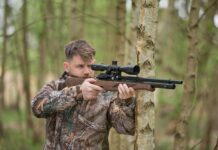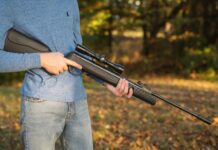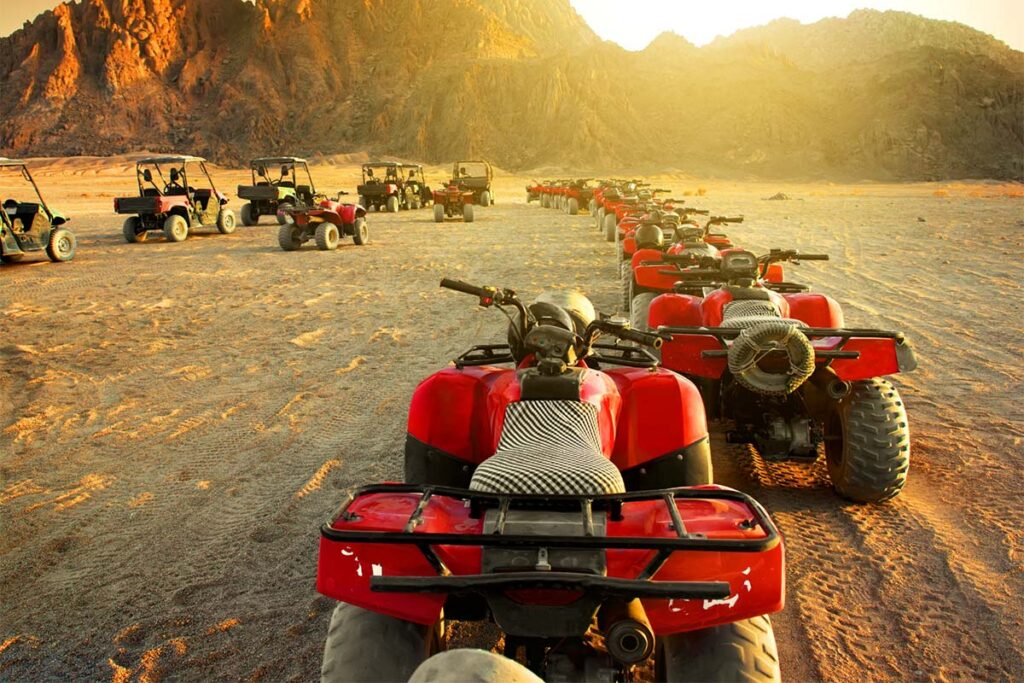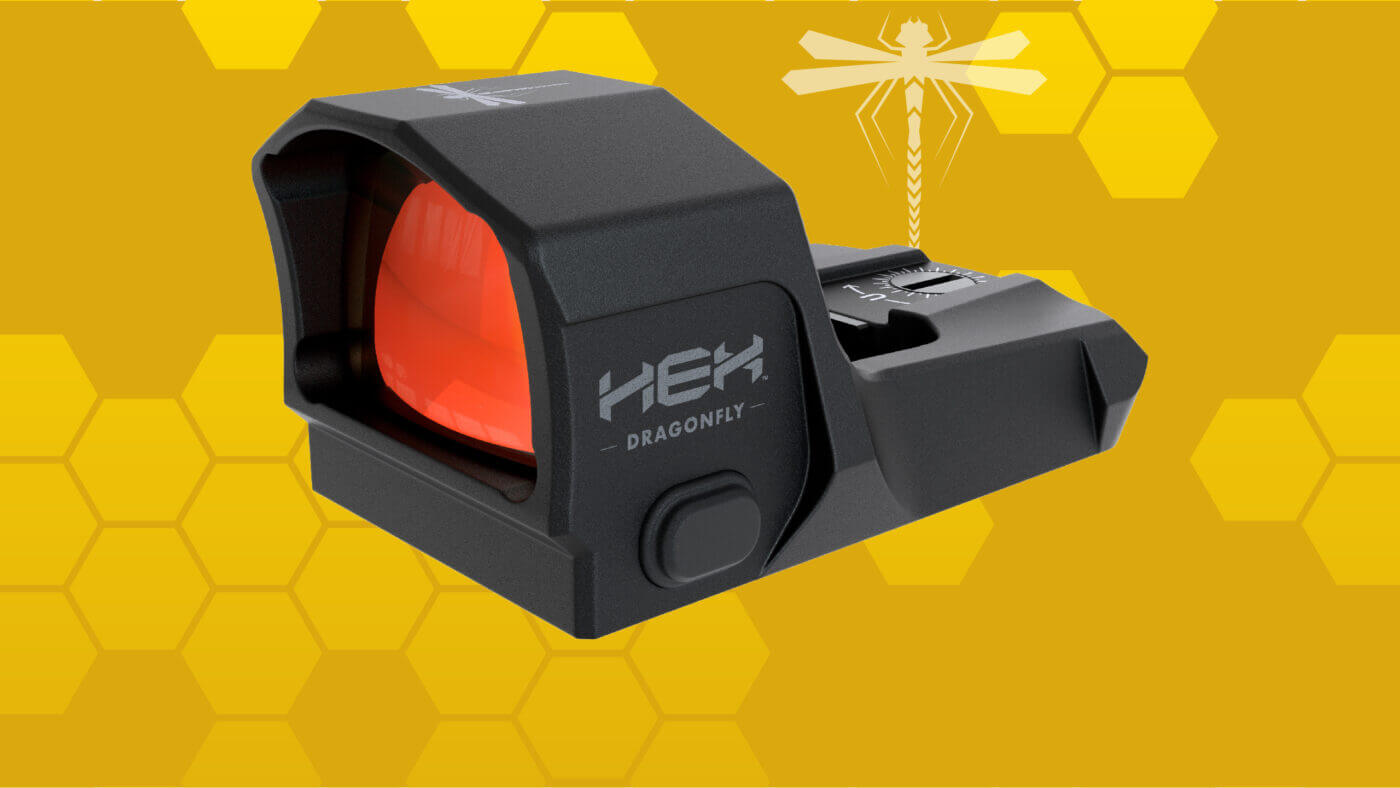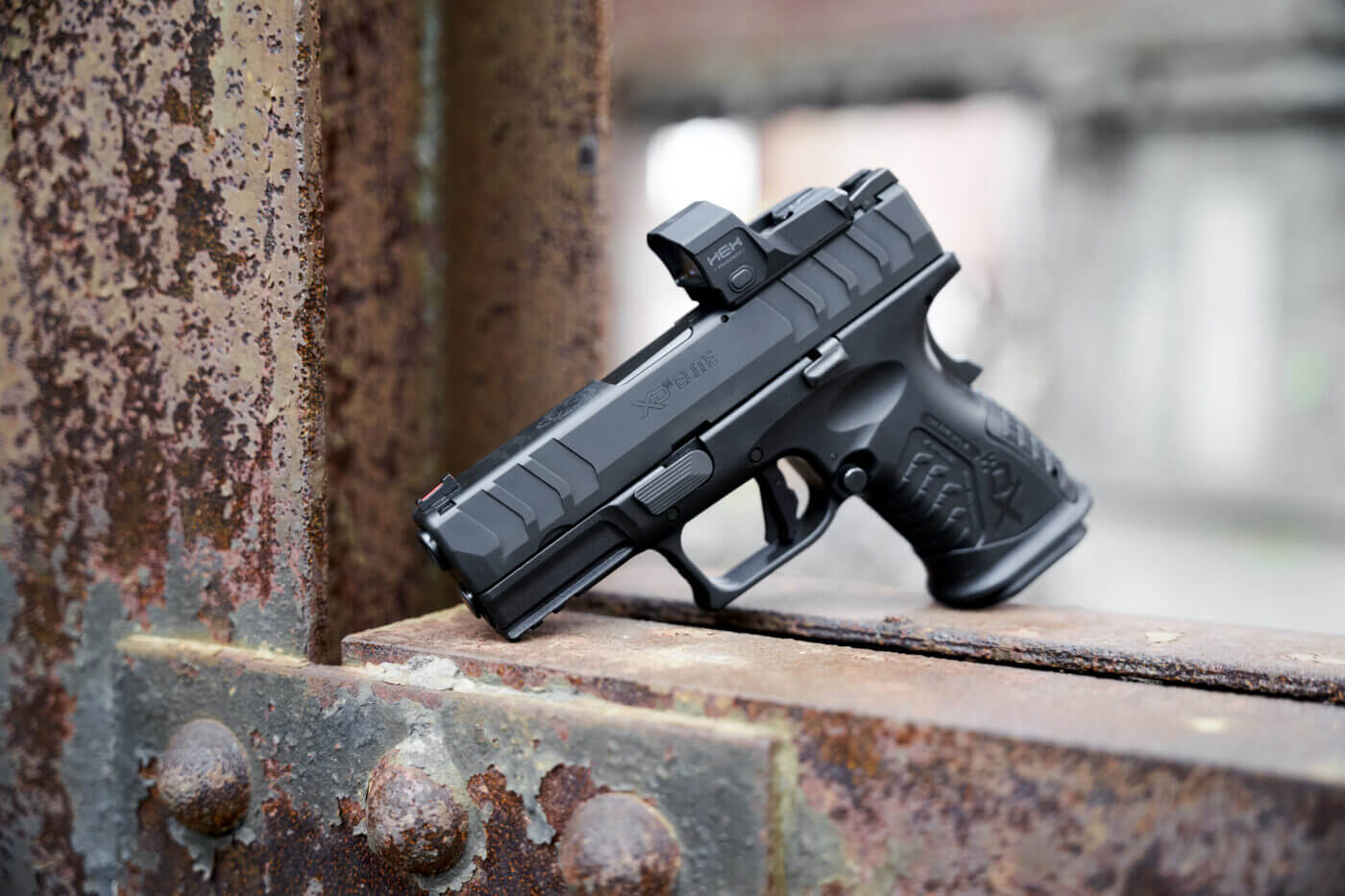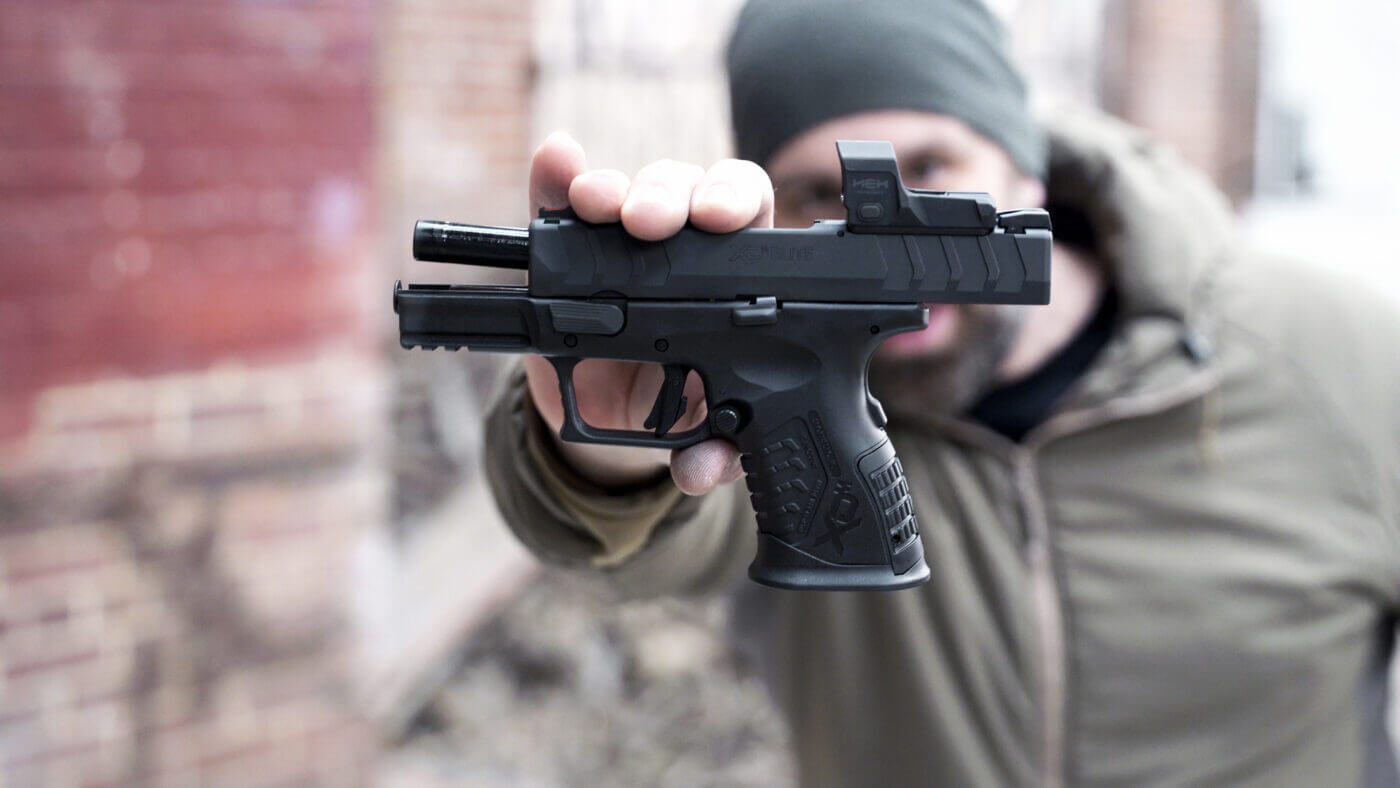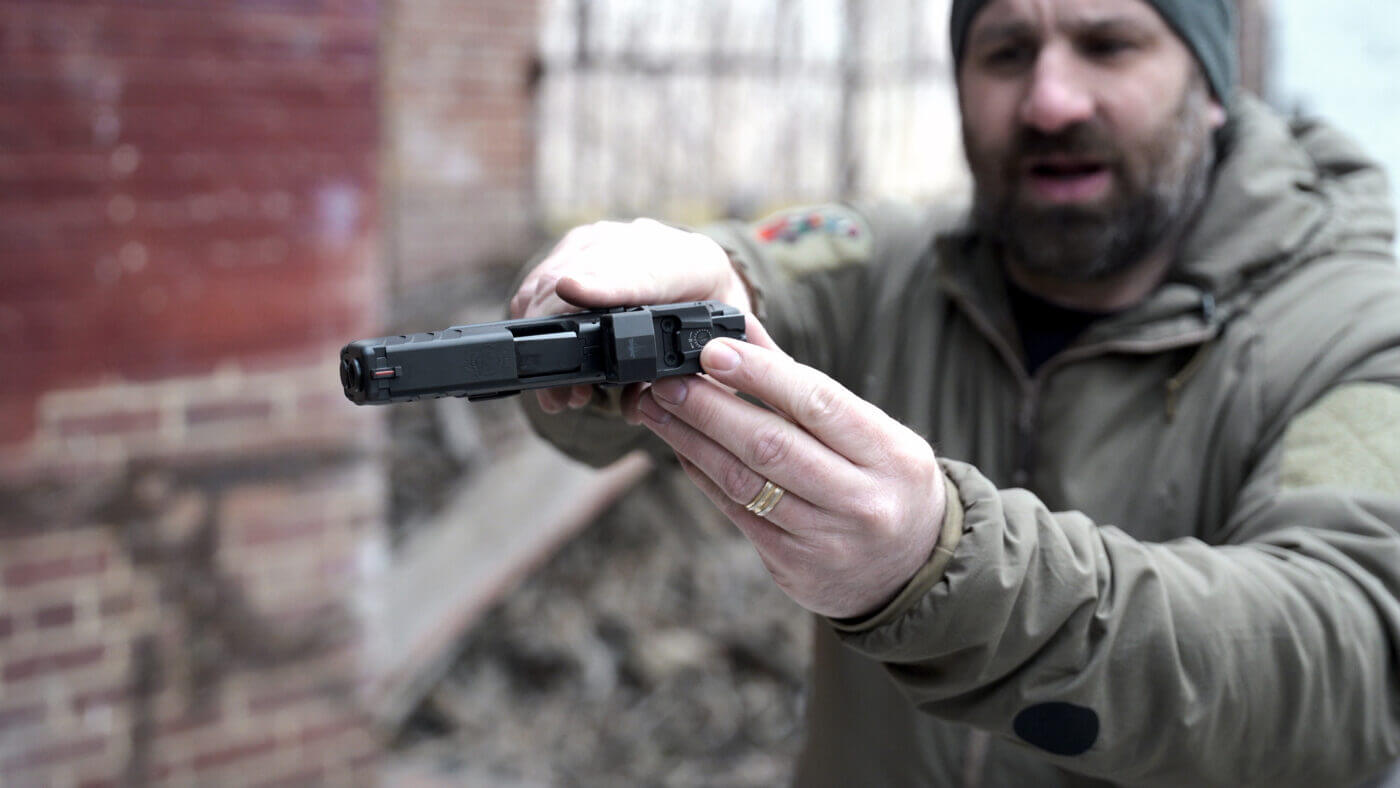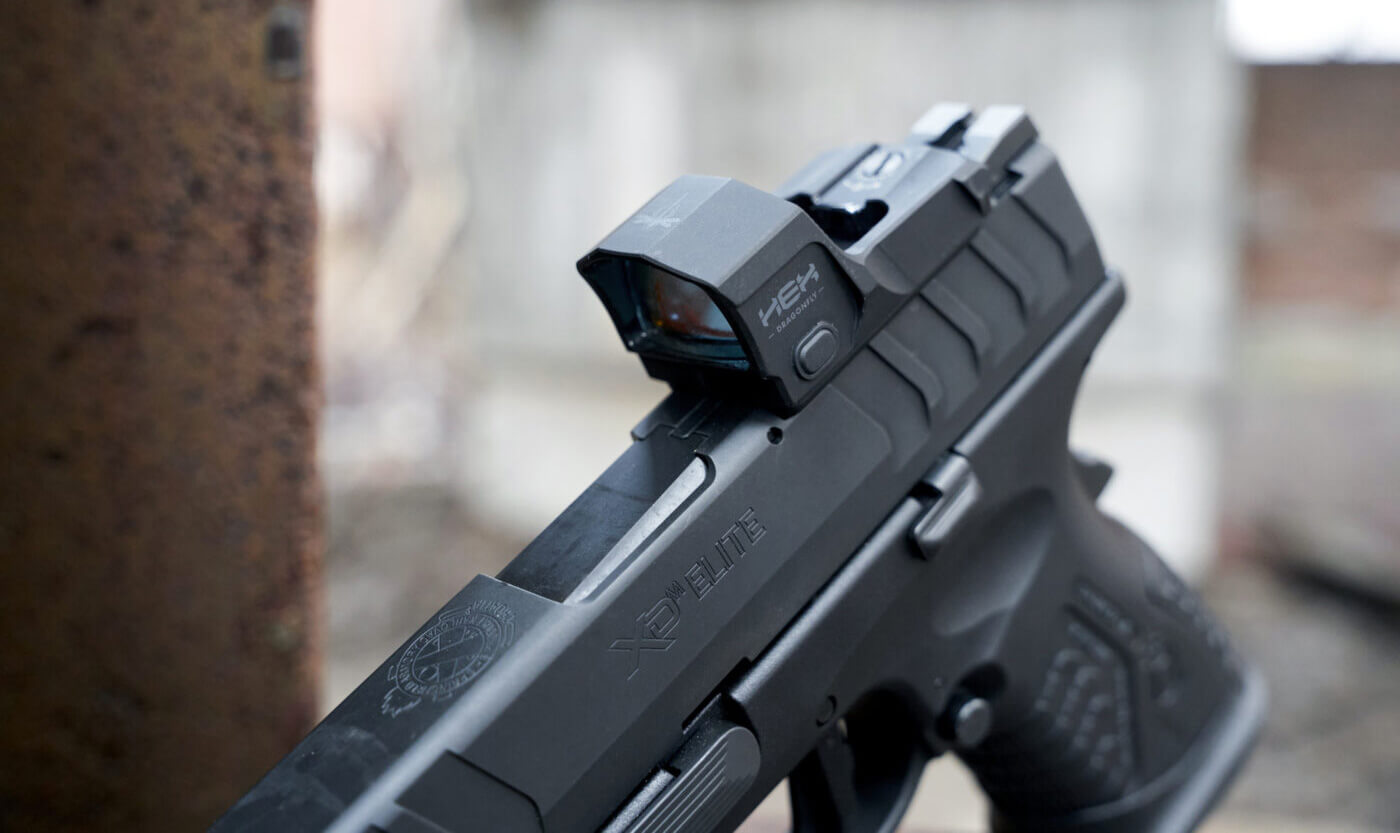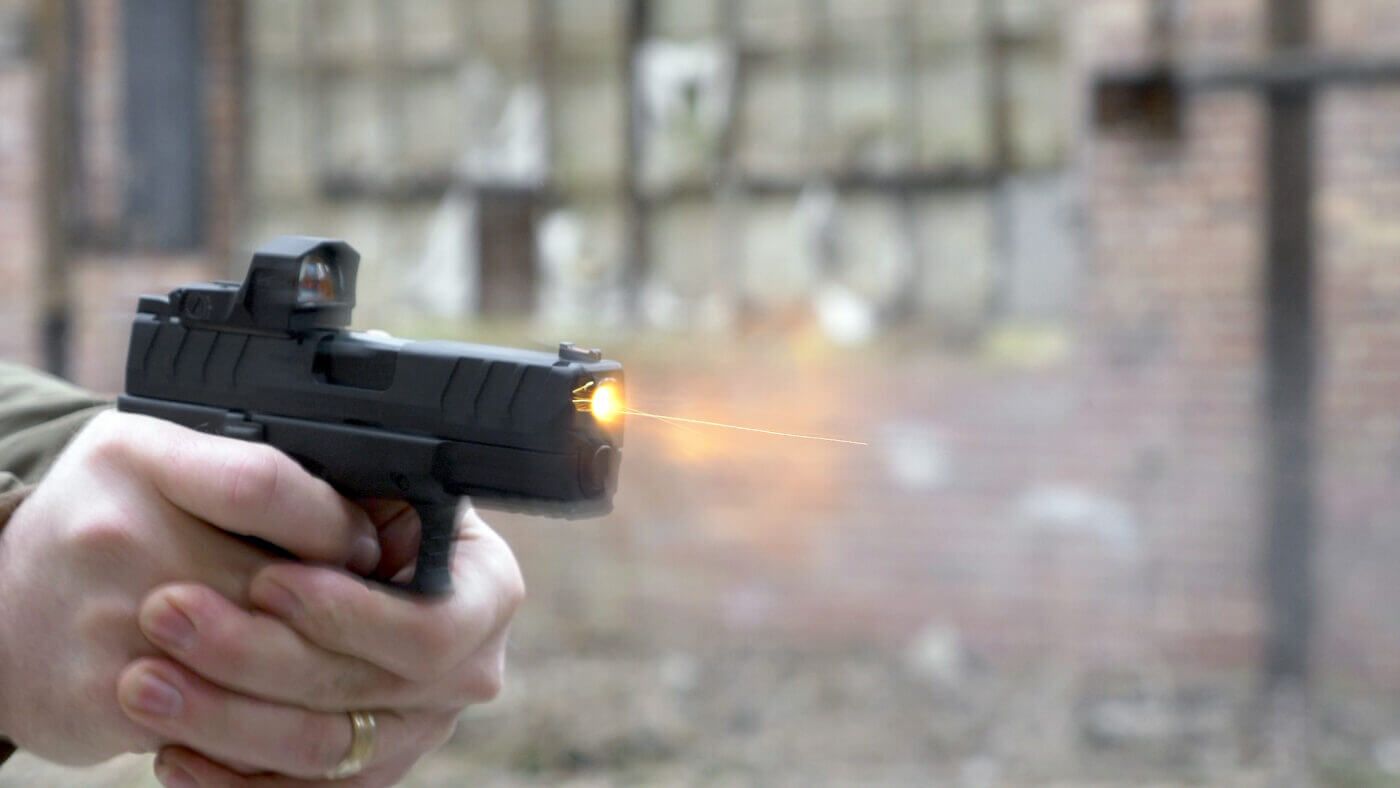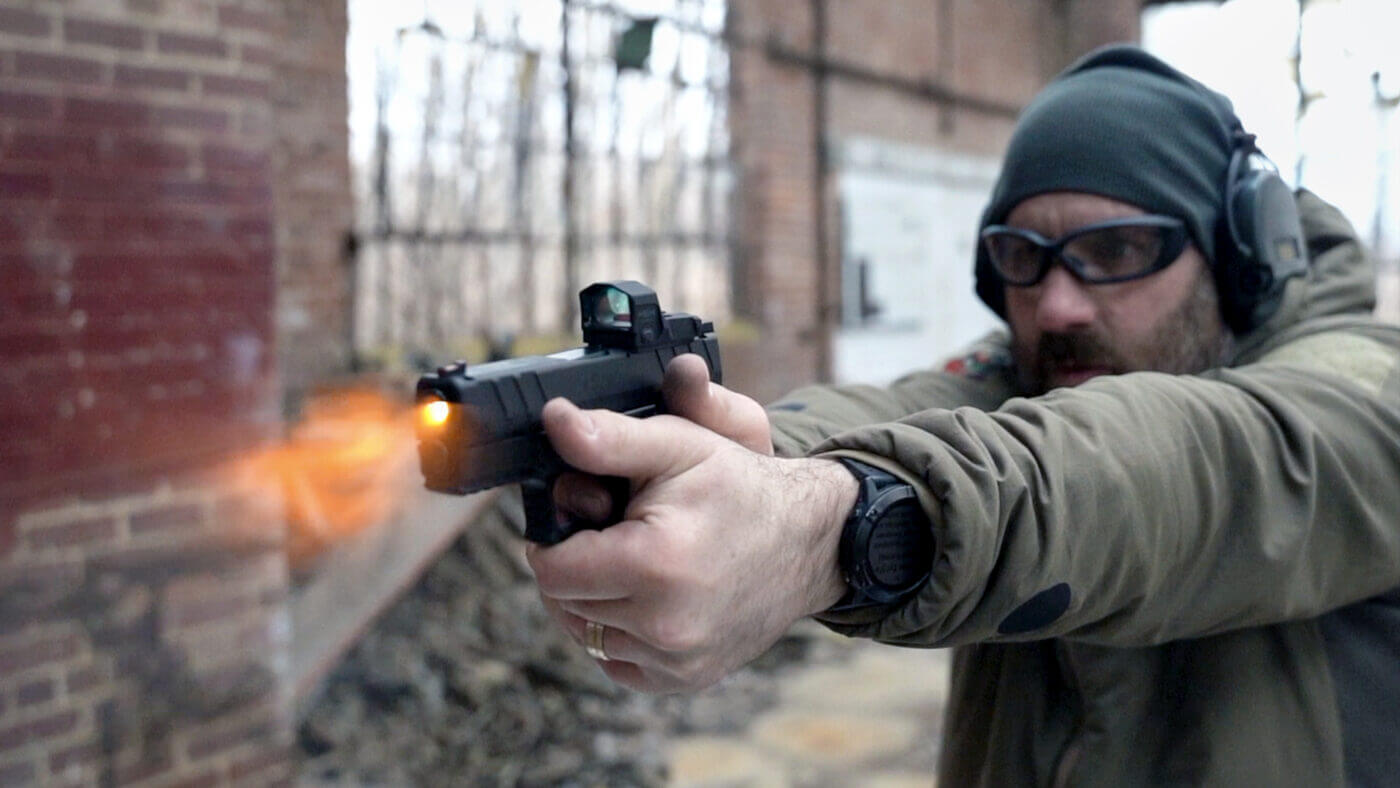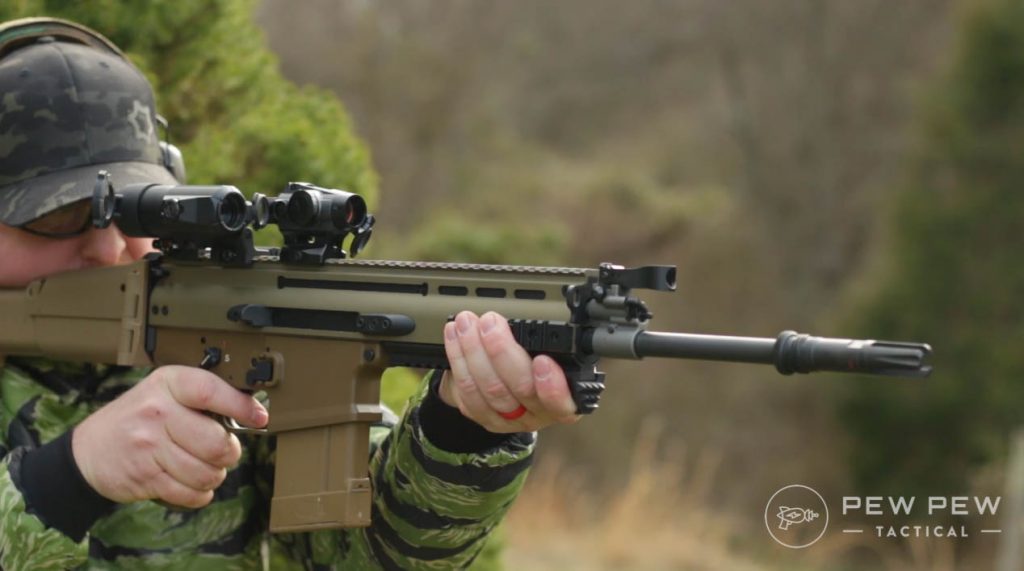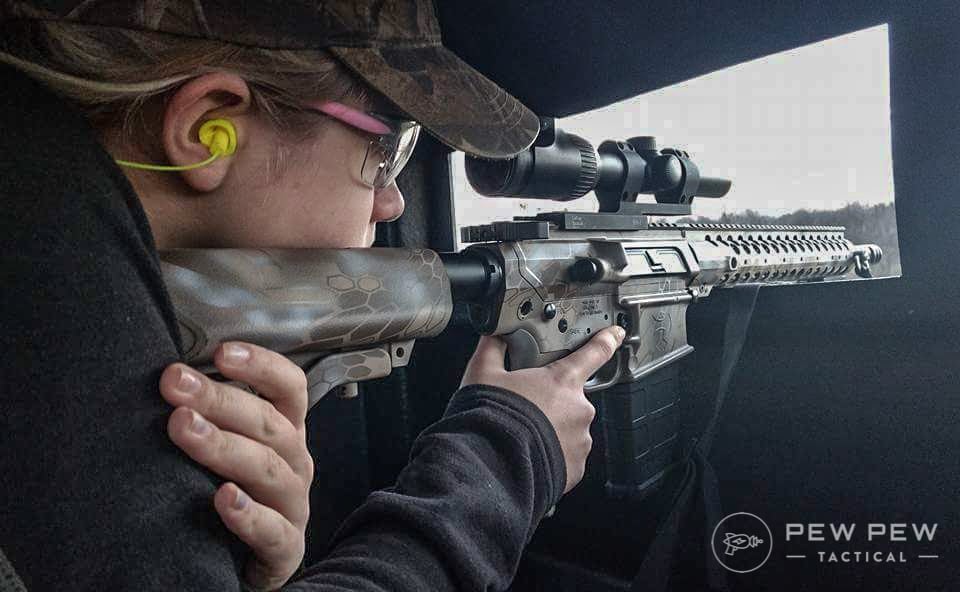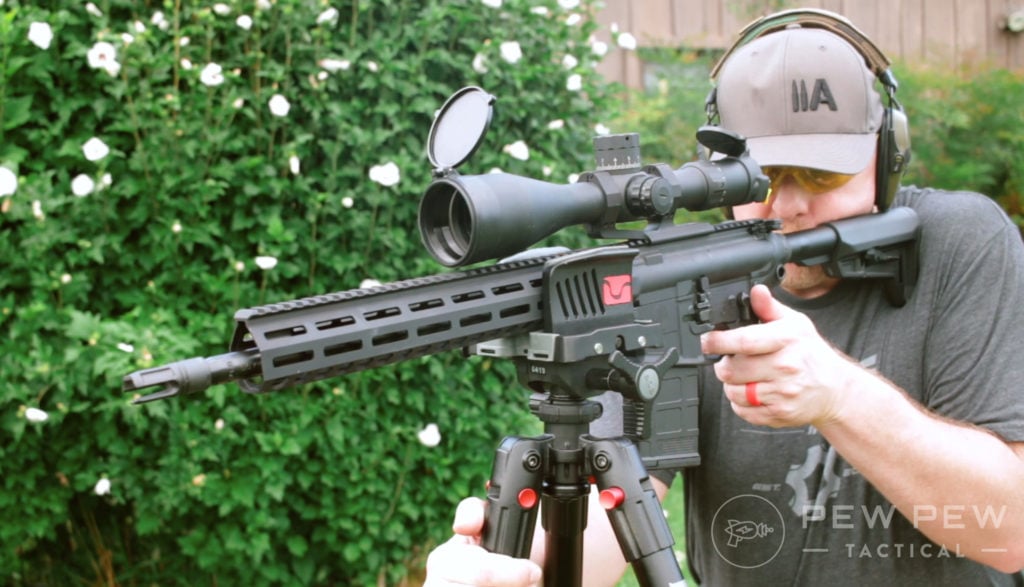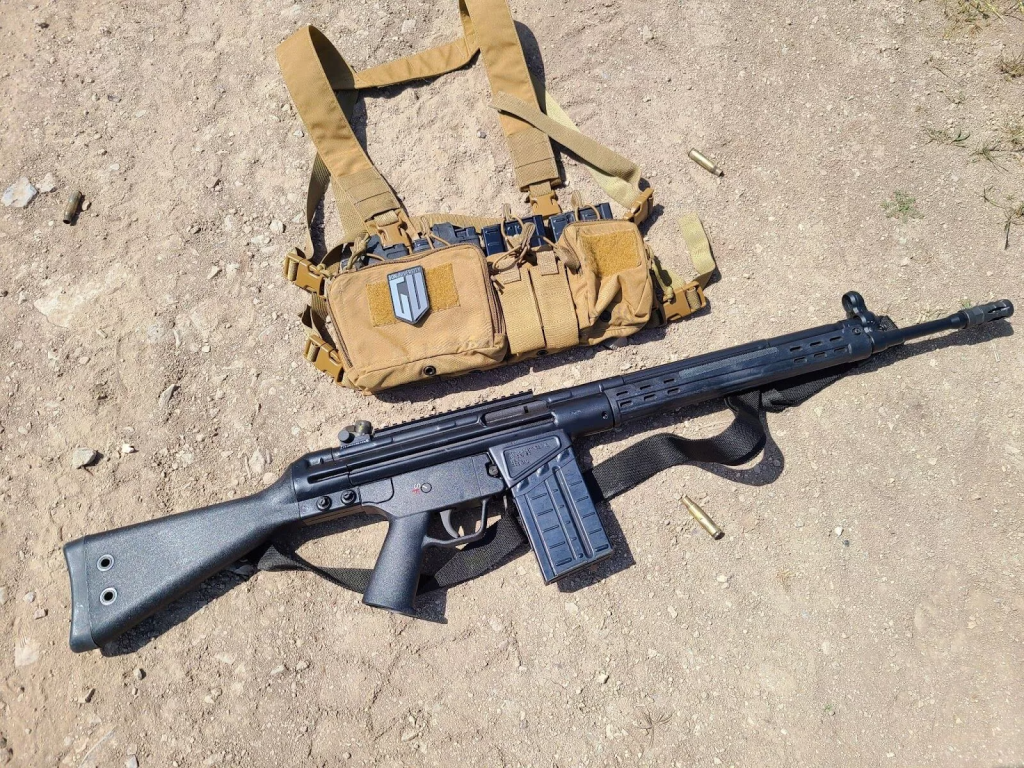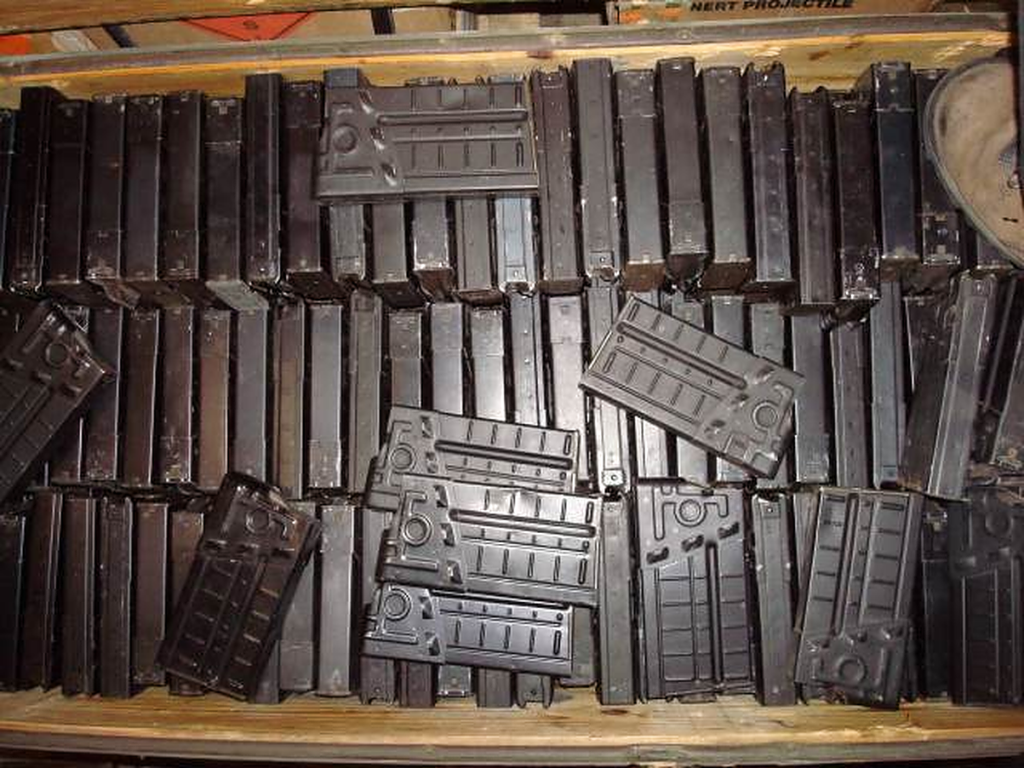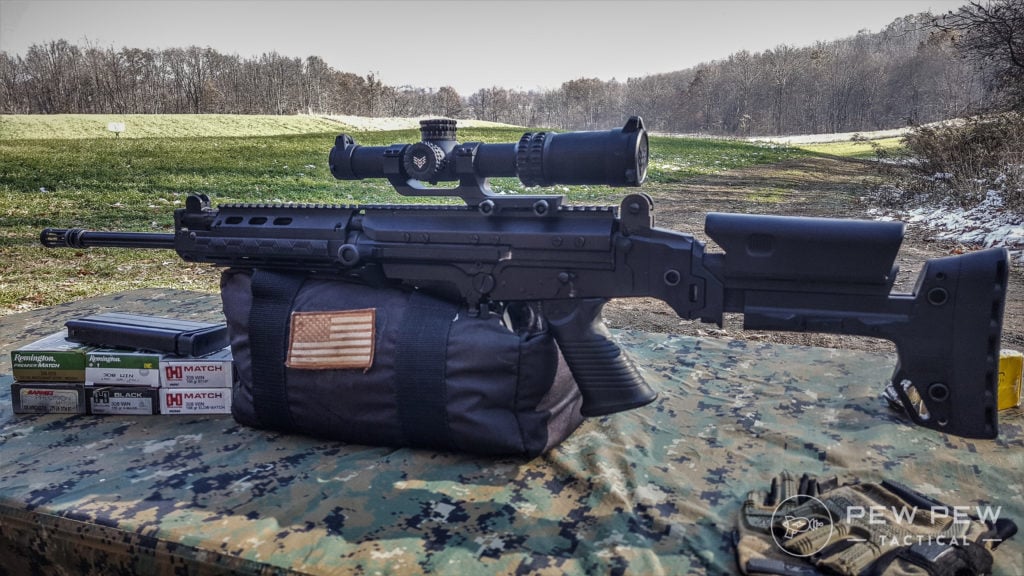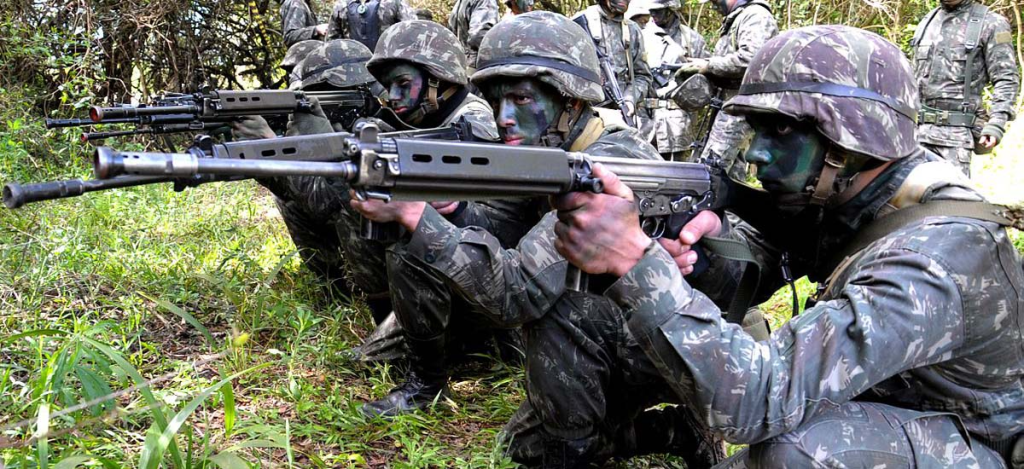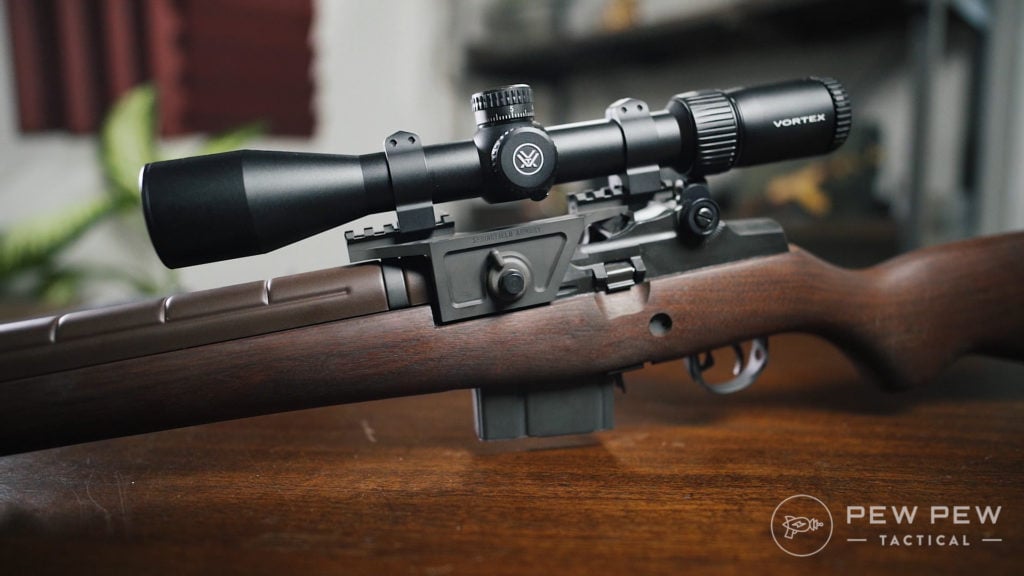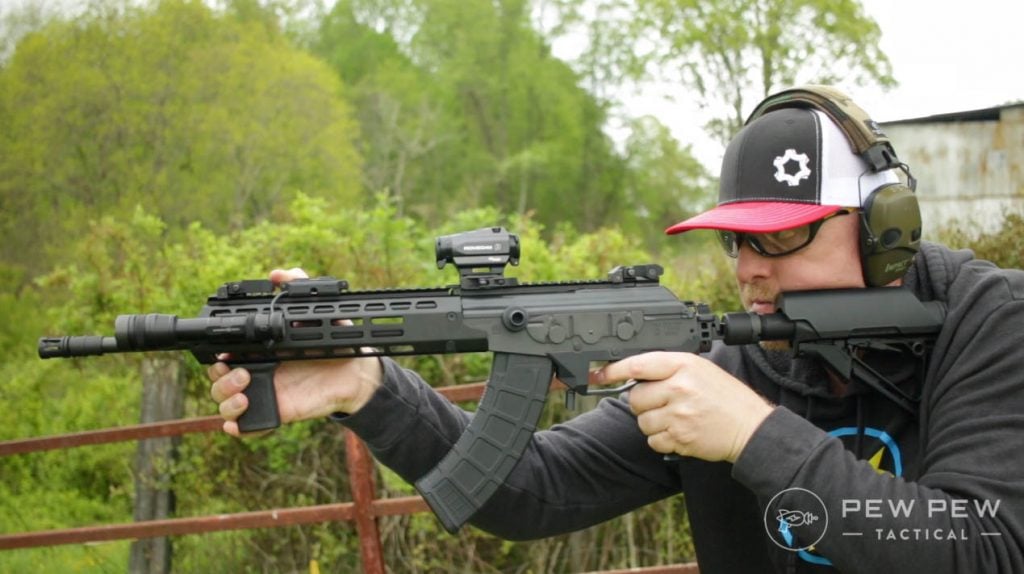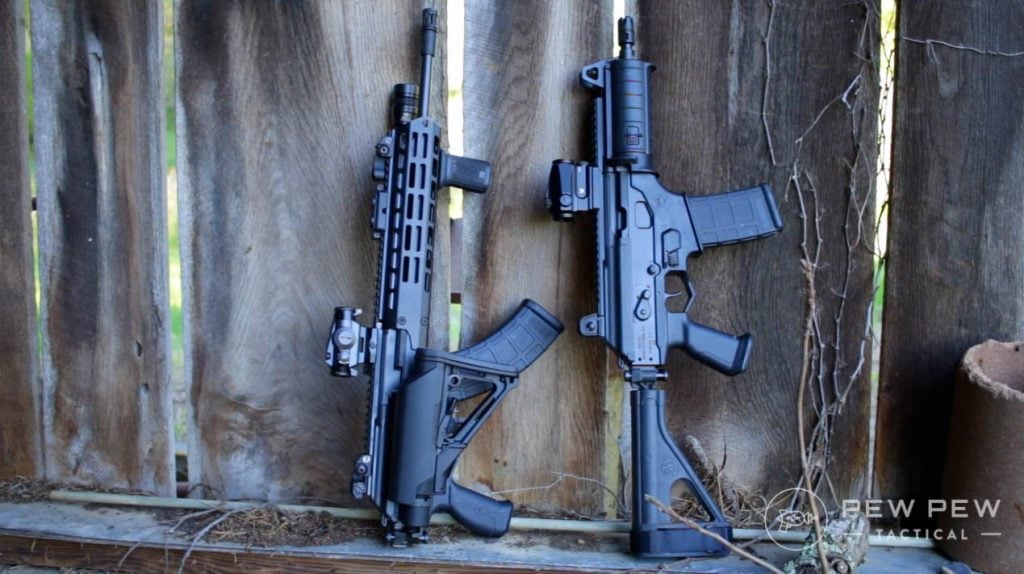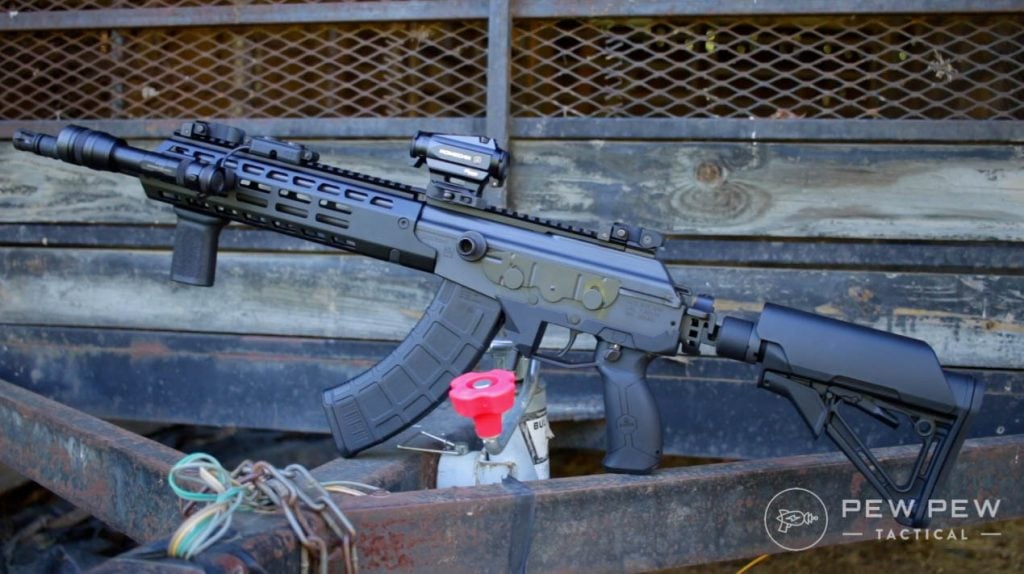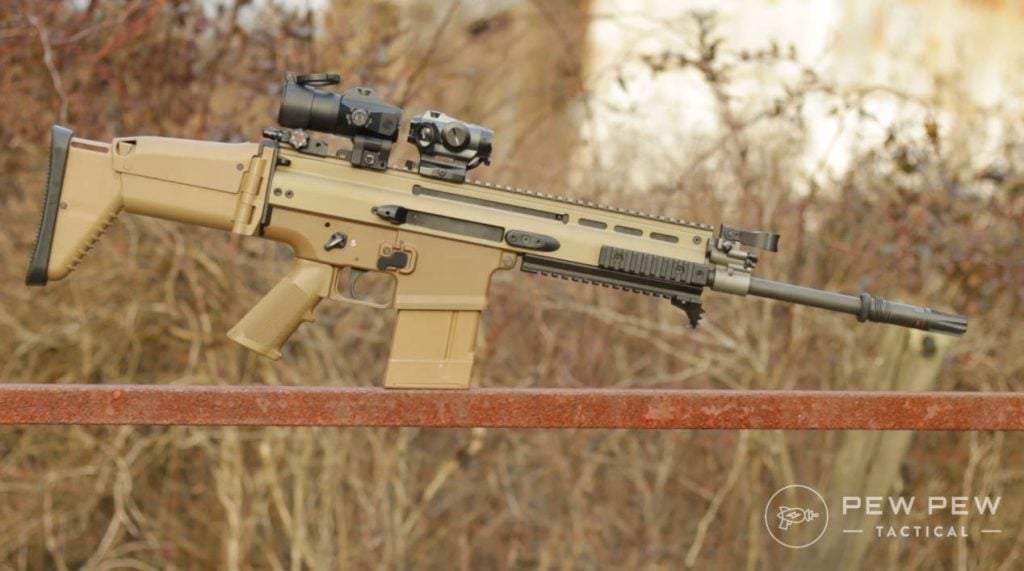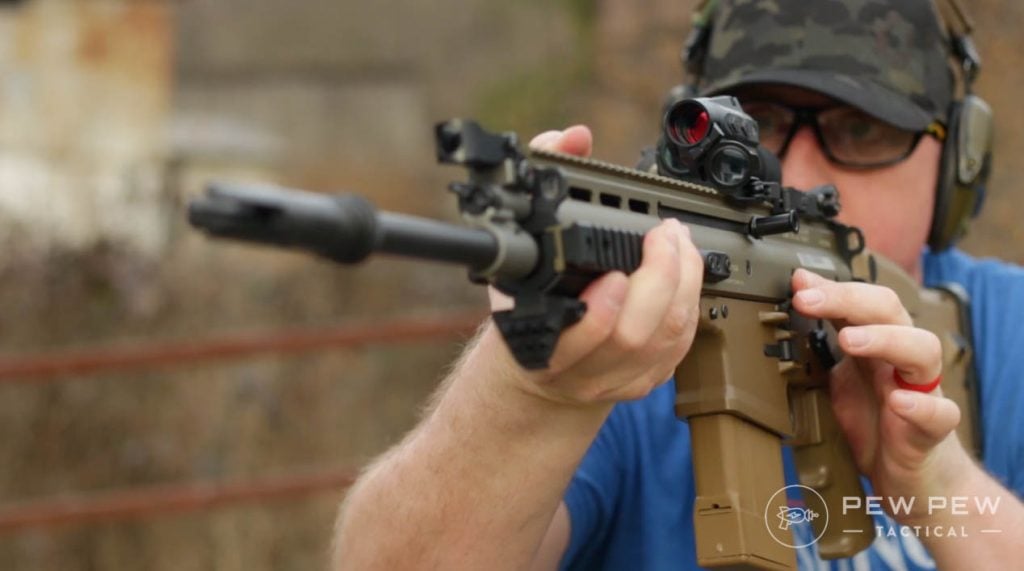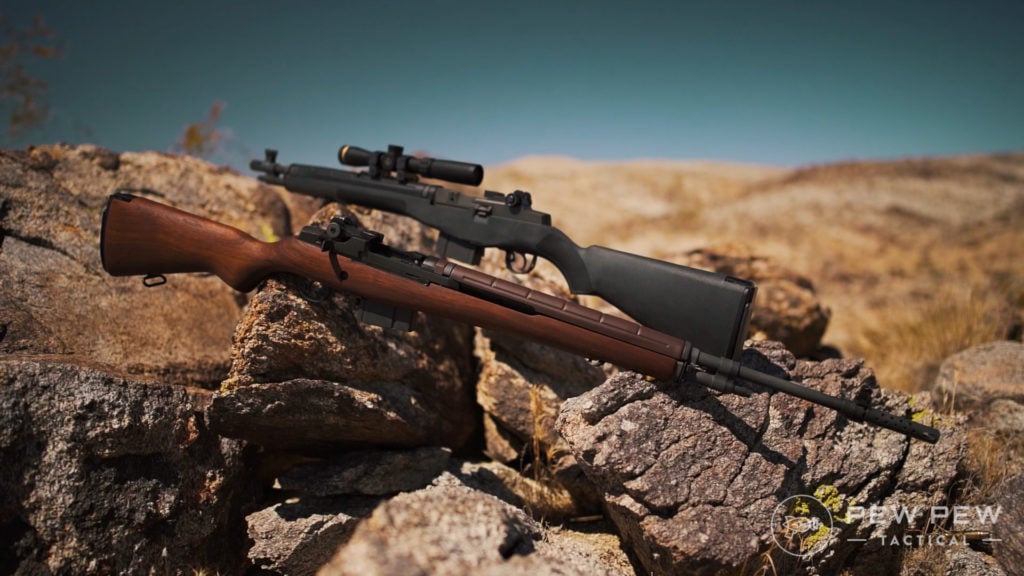Axes are ancient tools that come in very handy for the modern explorer. To the uninitiated, axes may all seem the same. In fact, there are several types and various constructions, some of which are better suited for off-roading, overlanding, and camping.
In this article, we’ll cover the best axes for camping and overlanding, how to choose one, and why you might need one. If you are simply looking for a quick recommendation, the Gerber Bushcraft Axe is a good choice for a durable, all-around backcountry axe.
Table of Contents
Our Recommendations for Best Axes
Gerber is well-known for making quality tools for backcountry adventures. In recent years, as they’ve worked to appeal to a larger market, they’ve managed to bring down the price of their once-expensive knives, multi-tools, and other equipment.
The Gerber Bushcraft Axe hits a sweet spot between affordability and function and is a great all-around axe for camping and vehicle-based outdoor adventure. The axe is great for cutting rounds of wood and kindling and is sturdy enough for clearing thick tree branches. The hammer on the back of the axe comes in handy for hammering in tent pegs and other camp tasks. This is the heavy axe on our list, but offers the widest functionality. The axe comes with a sheath that covers the head. It comes with Gerber’s limited lifetime warranty.
Here’s my video review of the Gerber axe:
The Council Tool Boy’s Axe is a great size for camping and on-the-fly trail work. The 2.25-pound head is Dayton style and the handle is made of hickory. These aren’t as fancy as the high-end Nordic-made axes, but they are solid, unpretentious utility axes that get the job done.
Gränsfors Bruk is one of the premier Swiss axe makers, and it’s worth highlighting several of their models. These axes are a premium product and don’t come cheap. That said, they are the kind of tool you lovingly pass down to future generations.
Their Small Forest Axe has a narrow head that’s great for cutting through trunks and branches. You can certainly still use this for splitting wood, but it will be more difficult given the narrow axe head and lack of a metal collar on the top of the handle. It comes with a leather sheath. The back of the axe head can be used as a hammer.
Here’s a video about the company and its manufacturing process:
The German company, Helko Werk has been making axes since 1844 and is one of the oldest axe makers still operating in Europe. Their Journeyman Pack axe is designed to be lightweight, compact, and easy to carry while trekking through the wilderness. Comfortable to use one or two-handed, the Journeyman is a versatile tool for cutting kindling, removing limb branches, building shelters, and other light splitting or cutting work.
The Gränsfors Bruk Outdoor Axe is much shorter than the other axes on this list, making it easier to stow and carry. Its head is thin enough for felling trees and chopping limbs, but still has enough taper to be used for splitting and the handle has a protective steel collar near the head so that the axe can be used for light wood splitting tasks. Like the Helko Werk axe noted above, this is an axe that you can easily put into a backpack. It comes with a leather sheath. The back of the axe head can be used as a hammer.
Named for the US park ranger who developed this axe design, Pulaski-style axes, also known as cutter matlock, combine a felling axe head with an adze (narrow hoe-like tool) that can be used for digging in hard ground or chipping away at bark.
While they aren’t as good as the other axes at chopping and cutting wood, they are highly versatile. The adze can come in handy if you need to trench a latrine or break through ice. The Barebones Pulaski axe is a beast, with a high-carbon steel head and a steel core running through the handle. It’s on the heavy side at 5.55 pounds, but the weight gives you momentum for breaking though tough wood and ground.
How to Choose the Best Axe
An axe is a must for chopping firewood when camping. A hatchet is great for chopping small kindling, but larger rounds are much easier to split with a larger axe. They are also clutch for clearing trail obstructions when overlanding and off-roading. In heavily wooded areas, it’s not uncommon to come across tree limbs blocking in the trail, in which case an axe will help you to quickly clear the way and carry on.
Some axes, such as the Pulaski style axe discussed below, integrate additional functionality that can come in handy for breaking hard ground when you need to dig a hole and for other tasks. Combined with an off-road shovel, an axe can help solve many problems on the trail.
There are several factors to keep in mind when choosing an ax, including the axe’s construction, style, size, and cost.
Some of the most sought-after axes on the market are made in Scandinavian countries that boast a long history of axe craftsmanship — think Vikings and big axes. That said, a number of American companies make quality axes that are well worth considering.
Axe Construction
Most axe heads are made from various types of steel, with the most expensive being hand-forged versus cast. Forged steel is widely considered to result in a stronger product compared to casting, where molten metal is poured into a mold to harden. In the old days, this hammering was done manually, with a hammer, but companies that produce large quantities of axes nowadays typically use an automatic press that does the hammering. Some smaller, boutique axe manufacturers still bang out axe heads by hand.
For light use, the difference between forging and casting may never be an issue, while the difference in cost is significant. High-quality axe heads are typically made from a steel alloy that is high in carbon, which allows the head to be sharpened and hold an edge longer.
One thing you’ll see is the shape of an axes head as either Dayton style or Hudson style, particularly for axes made in America. The Dayton-style heads are more square, and good for general outdoor jobs. The Hudson-style heads fan out from the handle to form a wide cutting surface.
Axe handles are typically made of wood (hickory is a good choice) or a fiberglass or plastic composite. Sometimes the handle will incorporate a metal core to provide strength and balance the handle and the head.
Wooden handles axes will typically require more maintenance than those with composite handles. This is particularly true in desert regions where extremely dry air can cause wood to crack. However, they are also typically easier to repair than a composite handle, and the provenance of composite handles can be a bit difficult to discern sometimes (a.k.a., the head may be forged in the US or Europe, but the handle may be mass-produced in China).
Axe Length
A full-sized axe used by lumberjacks is around 36-inches long, but that’s unnecessarily large for off-roading and camping. Something smaller, around 24-inches long, will be more versatile and easier to transport. There are also axes, like the Gränsfors Outdoor Axe mentioned below, which fall somewhere between a hatchet and a full-size axe. This gives you a nice mix of compact size with a bit more swinging power than a hatchet.
Axe Style
Axes can be divided into three broad categories: splitting axes, felling axes and generalist axes used for a variety of tasks.
How to choose?
The style of axes that is best for you depends to a large extent on how you anticipate using it most. If you’ll mostly be chopping wood in camp, you’ll probably lean more towards a splitting axe. If you’ll be clearing a lot of trees off of trails, a felling axe will come in handy. If you anticipate needing to break hard ground as well as deal with wood, the Pulaski axe will provide you with that versatility.
While they may are designed towards a specific use, most axes can be used for splitting and felling. So don’t get too hung up on what style you buy — with axes such as splitting mauls that have a very specific purpose being the exception. Generally speaking, for camping and overlanding it’s a good idea to choose a relatively compact and lightweight axe that can withstand the elements.
As a word of caution, as with many products, there are many cheap knockoffs on the market nowadays. The old saying, you get what you pay for, doesn’t even hold up with some of these products. Sometimes you get far less than you pay for. The axes we highlight below are high-quality products from reputable manufacturers.
All Recommended Axes

